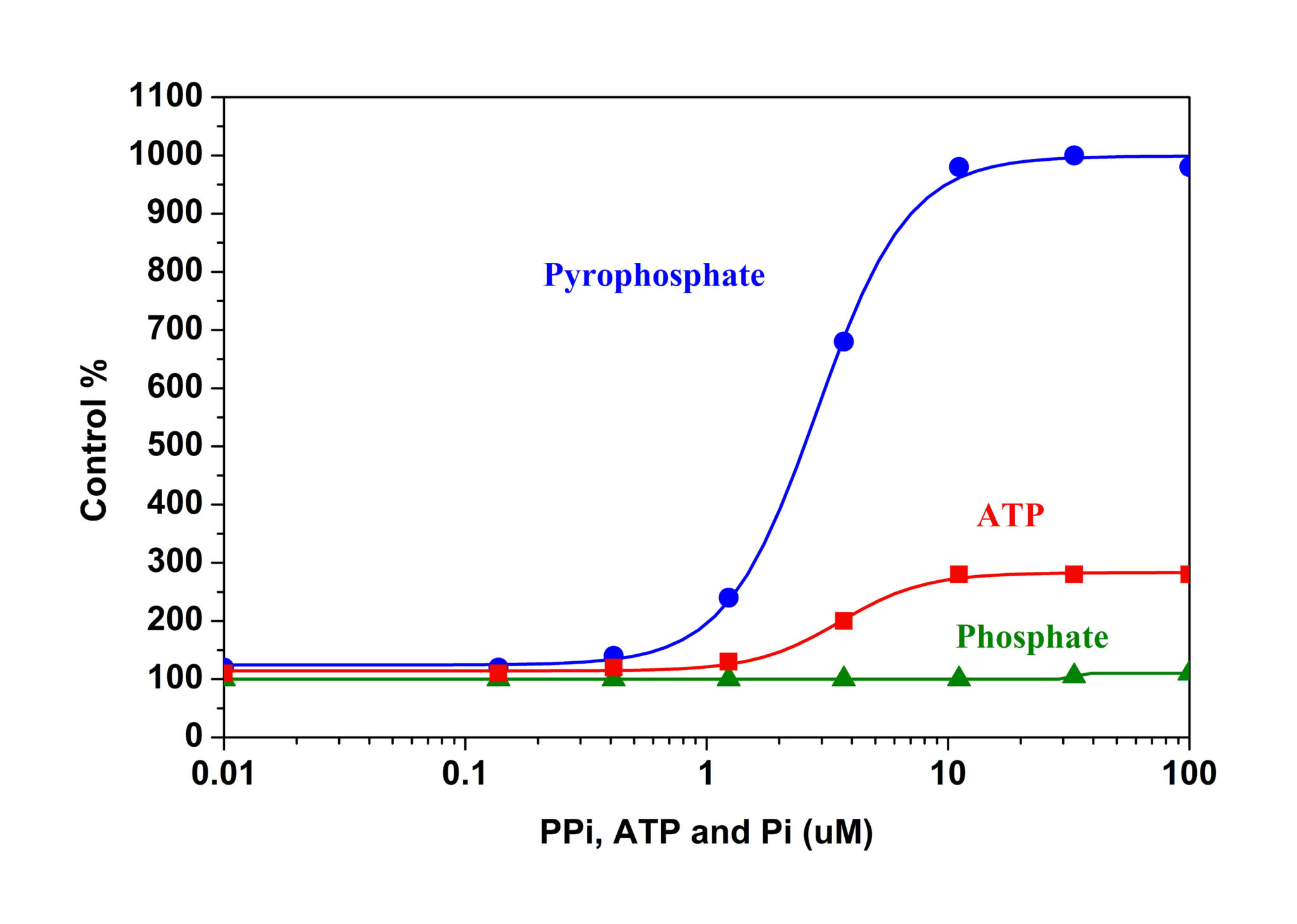A polymerase is an enzyme (EC 2.7.7.6/7/19/48/49) whose central biological function is the synthesis of polymers or nucleic acids. DNA polymerase and RNA polymerase are used to assemble DNA and RNA molecules, respectively, generally by copying a DNA or RNA template strand using base-pairing interactions. One particular polymerase, from the thermophilic bacterium, Thermus aquaticus (Taq) (PDB 1BGX, EC 2.7.7.7) is of vital commercial importance due to its use in the polymerase chain reaction (PCR), a widely used technique of molecular biology. Other well-known polymerases include terminal deoxynucleotidyl transferase (TdT) and reverse transcriptase. TdT catalyzes the addition of nucleotides to the 3’ terminus of a DNA molecule. The extended nucleotides can be used as a template for a primer in subsequent PCR. TdT can also be used to add labeled nucleotides to DNA molecules, enabling the detection or visualization of DNA based process. Reverse transcriptase is an enzyme used by retroviruses like HIV to create a complementary DNA strand from the preexisting strand of viral RNA, which is then integrated into the genome of the host cell. Antiviral drugs, known as reverse-transcriptase inhibitors, have been designed to disrupt this reverse-transcription process and thereby suppress the growth of viruses. Reverse transcriptase is also commonly used in research to apply PCR technique to RNA, making it possible to clone, sequence, and characterize RNA.
Polymerases use nucleotide triphosphates as substrates to produce pyrophosphate (PPi) as a product, thus the detection of PPi formation becomes a convenient tool for monitoring polymerase activities. Besides, pyrophosphate (PPi) is produced by a number of other biochemical reactions, such as ATP hydrolysis, cyclic AMP formation by the enzyme adenylate cyclase and the enzymatic activation of fatty acids to form their coenzyme A esters. PhosphoWroks™ Fluorimetric Pyrophosphate Assay Kits (Cat# 21611 and 21614) provide the most robust spectrophotometric method for the measurement of pyrophosphate.
Polymerases

Figure 1. Pyrophosphate and phosphate dose responses were measured with PhosphoWorksTM Fluorimetric Pyrophosphate Assay Kit (Cat# 21611) in a 96-well black solid plate. As low as 1 µM (100 picmoles/well) pyrophosphate can be detected with 10 minutes incubation time.
Table 1. Product Ordering Information for Polymerase Assay Kits
| Cat# | Product Name | Ex (nm) | Em (nm) |
| 21655 | PhosphoWorks™ Fluorimetric ADP Assay Kit *Red Fluorescence* | 571 | 585 |
| 21611 | PhosphoWorks™ Fluorimetric Pyrophosphate Assay Kit *Blue Fluorescence* | 316 | 456 |
| 21614 | PhosphoWorks™ Fluorimetric Pyrophosphate Assay Kit *Enhanced Selectivity* | 370 | 467 |
| 21610 | PhosphoWorks™ Luminometric ATP Assay Kit *Bright Glow* | N/A | 560 |
| 21612 | PhosphoWorks™ Luminometric ATP Assay Kit *DTT-Free* | N/A | 560 |
| 21613 | PhosphoWorks™ Luminometric ATP Assay Kit *DTT-Free* | N/A | 560 |
| 21609 | PhosphoWorks™ Luminometric ATP Assay Kit *Steady Glow* | N/A | 560 |